The chest machine fly, often overshadowed by the bench press, is an effective exercise for comprehensive chest muscle development. This versatile workout enhances muscle definition and range of motion while potentially aiding in fat loss. It primarily targets the three heads of the pectoralis major and involves controlled movements that stabilize shoulder joints, making it beneficial for throwing athletes and bodybuilders. While suitable for many individuals, it may not be appropriate for Olympic lifters or those with chest or shoulder injuries. The machine promotes increased strength through constant resistance and time under tension, making it an excellent addition to chest workout routines.
When it comes to exercises targeting the chest, the bench press often takes center stage. Visit any gym, and it’s likely you’ll find the bench press stations occupied. Nevertheless, it’s important to note that there are several other effective movements for comprehensive chest training.
One such exercise is the chest machine fly, a highly adaptable workout that involves drawing both arms toward the center of your body. This exercise boasts numerous advantages, including enhanced muscle definition and increased range of motion. It might even assist in your endeavors to reduce chest fat!
If you’re in search of a detailed guide to using the chest fly machine, you’re in the right place. Continue reading to uncover everything you need to know about this valuable chest exercise.
Main Muscle Groups Engaged
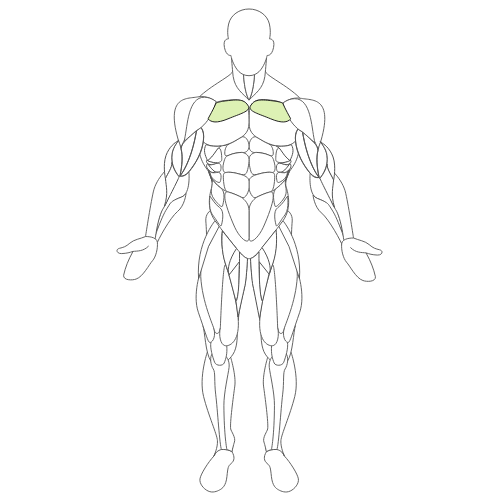
Clavicular Head of Pectoralis Major
These muscles are situated at the top of your chest, extending from your armpit to your collarbone. They represent a smaller section of your chest muscle group.
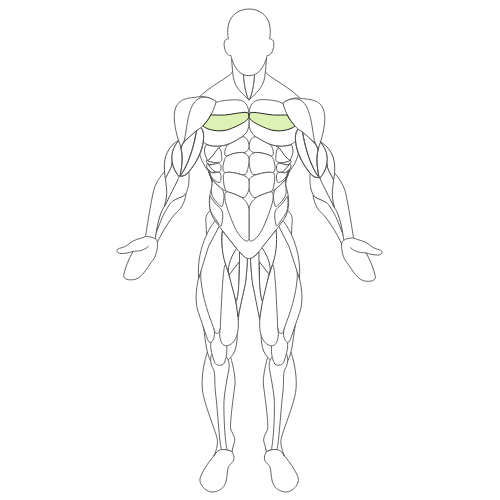
Sternal Head of Pectoralis Major
Located beneath the clavicular head, these larger muscles form the bulk of your chest area.
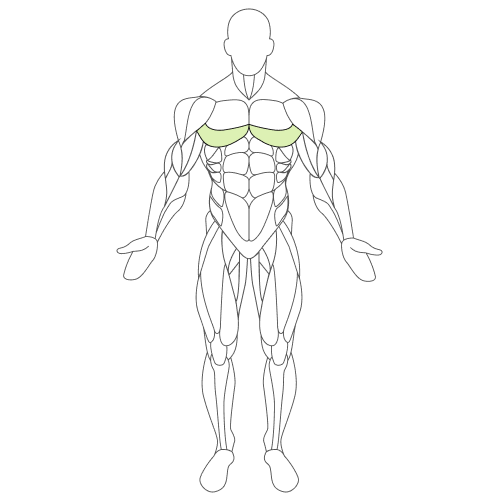
Abdominal Head of Pectoralis Major
These muscles reside at the lower section of your pectoral region, positioned just above the abdominal area.
Supporting Muscle Groups
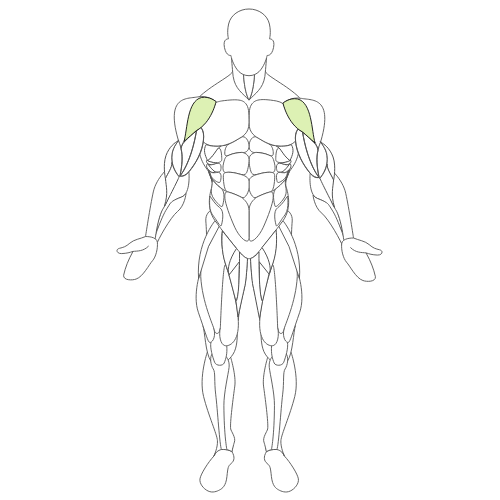
Anterior Deltoid
These muscles are located at the front part of your shoulder area.
Required Equipment

Fly Machine
Fly Machine
This machine is an excellent tool for enhancing your chest muscles while eliminating concerns around balance. It’s essential to execute the movements with careful control.
Exercise Alternatives
Consider these movements that similarly engage primary muscle groups, albeit with different equipment.
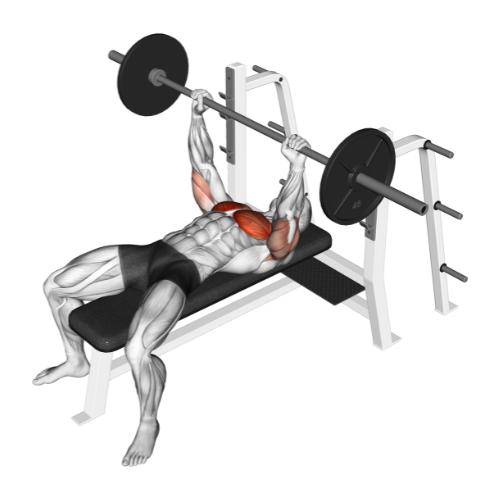
Barbell Bench Press
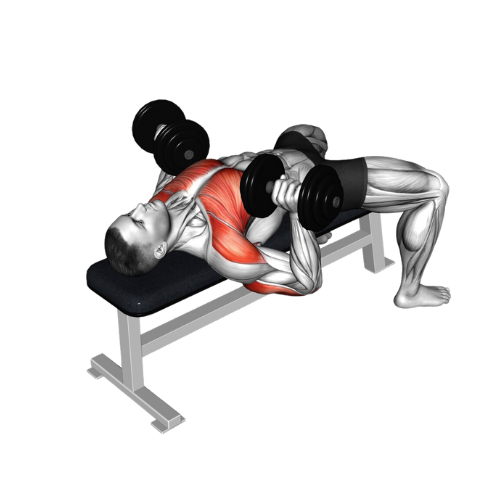
Dumbbell Bench Press
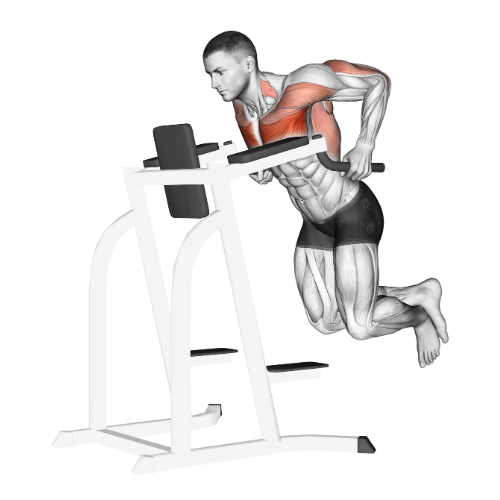
Chest Dip
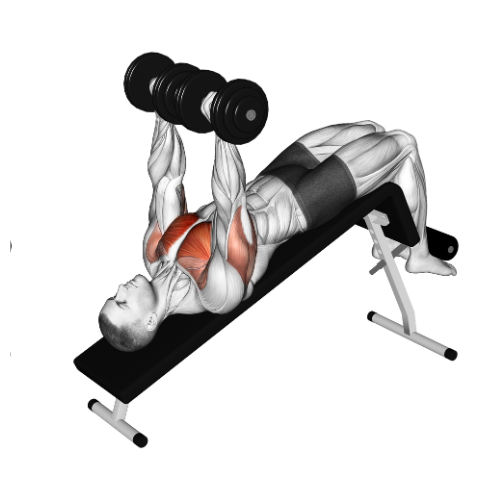
Decline Dumbbell Bench Press
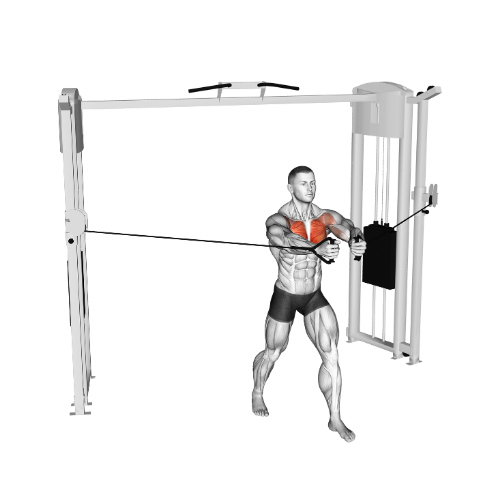
Cable Chest Fly
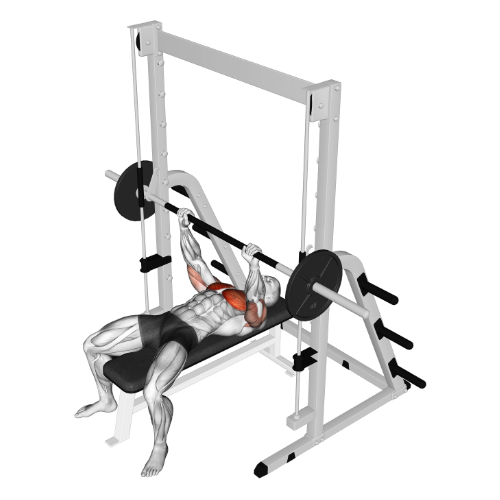
Smith Machine Bench Press
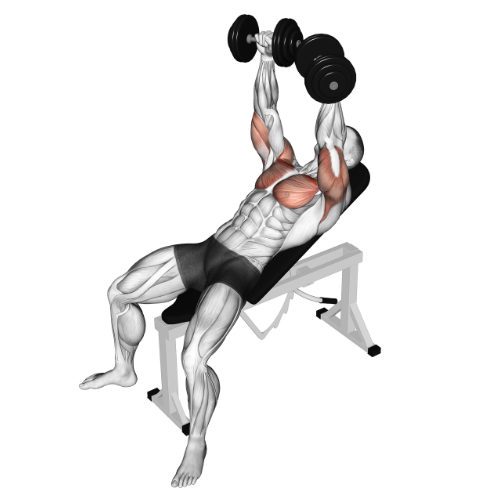
Incline Dumbbell Bench Press
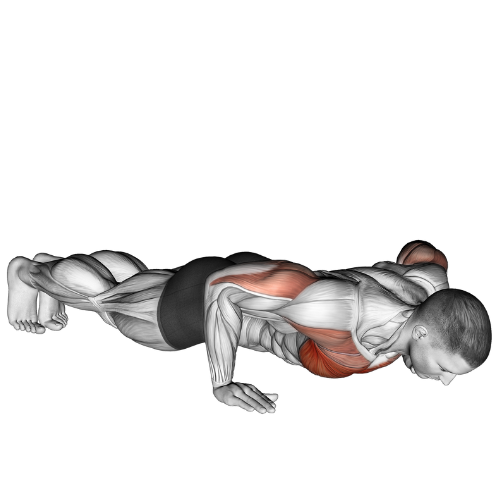
Push-Up
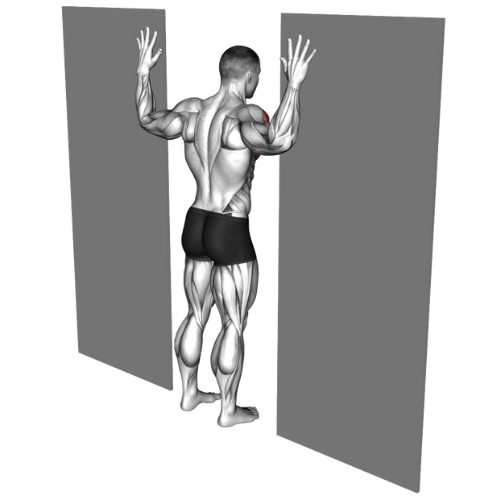
Doorway Chest Stretch
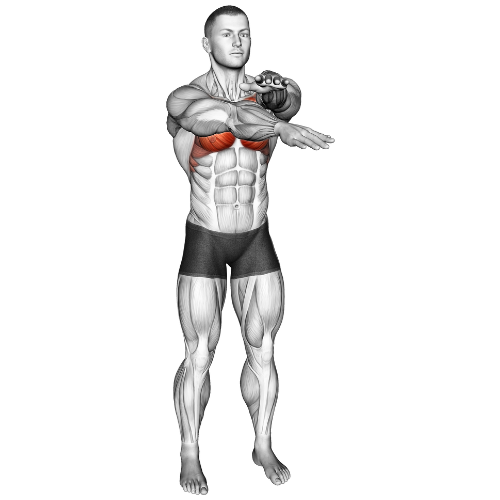
Dynamic Arm Swing
Who Should Use It?
Athletes Who Throw
The chest fly machine primarily facilitates horizontal adduction at the shoulders, drawing both arms toward your body’s midline. Your anterior deltoids serve as secondary muscles, aiding in shoulder joint stability.
In sports like javelin or shot put, your throwing motion involves crossing the arms over the body for weight release, necessitating substantial shoulder stabilization.
Therefore, the cable fly machine is an excellent addition to the training regimen for throwing athletes, as it enhances power and strength.
Bodybuilders
For bodybuilders, the primary goal is often muscular hypertrophy—maximizing muscle tissue growth. Achieving this requires a focus on progressive overload and adequate volume in workouts. This implies consistently increasing the weight you lift and performing enough repetitions to trigger muscle growth.
The chest fly machine effectively targets all three heads of the pectoralis major, making it an ideal isolation exercise to complement pressing workouts.
Its straightforward mechanism makes it easy to increase weight or implement progressive overload.
*Pro Tip – Maintain a workout diary to track your sets, repetitions, and weights lifted each week, making adjustments based on this progressive model.
Anyone Interested in Chest Training
The appropriateness of certain resistance training exercises depends on the individual’s skill level.
A key advantage of the chest fly machine is its minimal learning curve. The fixed-path movement is easy to master, making it a suitable chest-building exercise for all fitness enthusiasts.
Whether your aim is to enhance pressing strength or practice the fly movement, this machine promotes good technique while stabilizing the exercise pattern.
Who Should Avoid It?
Olympic Lifters
Olympic lifters should prioritize the main Olympic movements, such as the snatch and clean and press.
While accessory exercises are vital for improving these lifts, the chest fly machine aligns more with hypertrophy training. Thus, it doesn’t cater well to the specific training goals of Olympic lifters.
Individuals with Chest or Shoulder Injuries
The chest fly machine excels at bolstering chest and shoulder muscle strength while enhancing shoulder joint mobility. However, it necessitates a healthy range of motion in these areas to execute correctly.
If you have a chest or shoulder injury affecting your range of motion or provoking pain, this machine may not be suitable for you. The strain on these muscles and joints could worsen your condition.
It’s advisable to consult a healthcare provider for a tailored treatment plan before considering the chest fly machine for your training.
Did you know? The incidence of shoulder injuries among the general population ranges from 7% to 25%; this statistic peaks at around 20% for athletes engaged in upper-body sports.
Advantages of the Chest Fly Machine
Boosts Muscle Definition
The chest fly machine features a straightforward motion pattern that’s user-friendly. As you bring both arms across your body to meet in the center, you’ll engage in an effective squeezing motion, targeting your chest at its peak.
This simplicity makes the cable fly machine perfect for increasing your training volume and enhancing muscle definition. It can be seamlessly integrated into supersets or drop sets after your primary pressing motions.
Moreover, its easy-to-master movement provides a platform for performing high-volume sets with minimal exertion, both essential for achieving muscle definition.
Enhances Range of Motion
The cable fly machine primarily engages your pectoralis major muscles, which are largely responsible for shoulder joint movements.
It can be dissected into two phases: the concentric phase, where your arms approach the midline, and the eccentric phase, where your arms extend and move away from your body.
This expansive movement covers a significant range, effectively improving your shoulder joint mobility. Many daily activities, from opening a door to lifting objects, significantly rely on proper shoulder mechanics.
Increases Strength
The chest fly machine offers continuous resistance throughout the entire range of motion, maximizing time under tension for your chest and shoulder muscles.
This principle is based on the idea that increased tension forces muscles to work harder for extended periods, which may lead to better muscle strength, hypertrophy, and endurance. Research continues to underscore the relevance of time under tension for muscle fortification. Regular use of this constant mechanical stimulus can amplify strength development.
Common Questions Answered
Is the chest fly machine beneficial for you?
The chest fly machine provides multiple benefits, making it an effective exercise choice. This includes enhanced chest strength, improved muscle definition, and better range of motion.
What muscles are activated during the chest fly machine workout?
This machine primarily activates the three heads of your pectoralis major: the clavicular head, sternal head, and abdominal head. Your anterior deltoid also plays a supporting role.
How should you set up a chest fly machine?
Adjust the seat so that your feet are planted flat on the ground, with the machine handles positioned at chest height. Ensure both handles are slightly advanced from your sides and securely engaged.
Are chest flies and pec flies synonymous?
While both movements follow a similar arm motion pattern, pec flies involve your arms bending at 90-degree angles. This specificity is aimed at developing the inner chest muscles.
References
Workout-Temple.com avoids tertiary references and adheres to rigorous sourcing standards, relying on peer-reviewed studies and academic research conducted by recognized medical institutions. For in-depth information, feel free to explore our editorial process.
- Grgic, J., Lazinica, B., Schoenfeld, B.J., & Zeljko Pedisic (2020). Test–Retest Reliability of the One-Repetition Maximum (1RM) Strength Assessment: a Systematic Review. Sports Medicine – Open, [online] 6(1). doi: https://doi.org/10.1186/s40798-020-00260-z.
- Baig, M.A. & Bordoni, B. (2023). Anatomy, Shoulder and Upper Limb, Pectoral Muscles. [online] Nih.gov. Available at: https://www.ncbi.nlm.nih.gov/books/NBK545241/ [Accessed 5 Jul. 2024].
- Larkin-Kaiser, K.A., Parr, J.J., Borsa, P.A., & George, S.Z. (2015). Range of Motion as a Predictor of Clinical Shoulder Pain During Recovery From Delayed-Onset Muscle Soreness. Journal of Athletic Training, [online] 50(3), pp. 289–294. doi: https://doi.org/10.4085/1062-6050-49.5.05.
- Elzanie, A. & Varacallo, M. (2024). Anatomy, Shoulder and Upper Limb, Deltoid Muscle. [online] Nih.gov. Available at: https://www.ncbi.nlm.nih.gov/books/NBK537056/ [Accessed 5 Jul. 2024].
- Trasolini, N.A., Nicholson, K.F., Mylott, J., Bullock, G.S., Hulburt, T.C. & Waterman, B.R. (2022). Biomechanical Analysis of the Throwing Athlete and Its Impact on Return to Sport. Arthroscopy, Sports Medicine, and Rehabilitation, [online] 4(1), pp. e83–e91. doi: https://doi.org/10.1016/j.asmr.2021.09.027.
- Plotkin, D., Coleman, M., Derrick Van Every, Maldonado, J., Oberlin, D., Israetel, M., Feather, J., Alto, A., Vigotsky, A.D. & Schoenfeld, B.J. (2022). Progressive overload without progressing load? The effects of load or repetition progression on muscular adaptations. PeerJ, [online] 10, pp. e14142–e14142. doi: https://doi.org/10.7717/peerj.14142.
- Burley, H., Georgiev, G.P., Iwanaga, J., Dumont, A.S. & R. Shane Tubbs (2020). An unusual finding of the pectoralis major muscle: decussation of sternal fibers across the midline. Anatomy & Cell Biology, [online] 53(4), pp. 505–508. doi: https://doi.org/10.5115/acb.20.058.